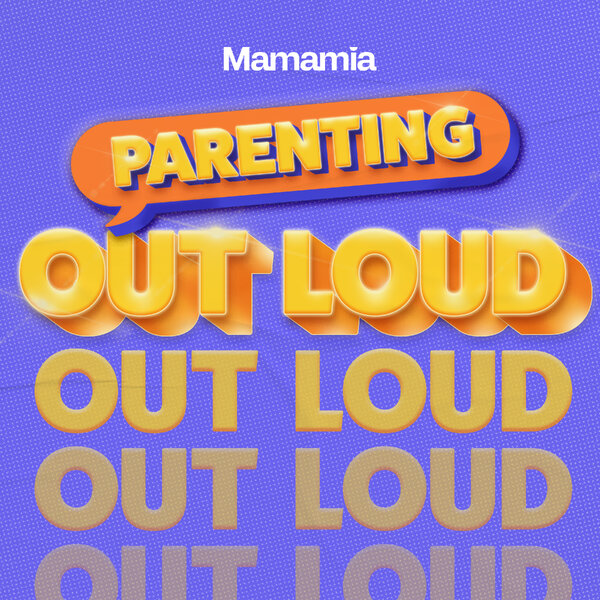
The story of three-year-old Alby Davis hit close to home for a number of parents last week. The little boy from Tasmania died after choking on a bouncy ball just before his fourth birthday.
His mum, Anna Davis, was with him, and performed CPR on him for sixteen minutes until the ambulance arrived. The ball was the size of a fifty cent piece.
In an Instagram post, Anna said she tried everything she could think of to get the ball out of her son’s throat.
To discuss how other parents could avoid this tragedy, Mamamia‘s parenting podcast This Glorious Mess sat down with Sarah Hunstead, paediatric nurse and founder of CPR Kids, a company that specialises in providing first aid knowledge to parents.
Holly Wainwright and Andrew Daddo speak to an expert in children’s first aid. Post continues…
This Glorious Mess’ host Holly Wainwright said it’s important to note that no one is suggesting Alby’s mum didn’t do everything right, or that she didn’t do enough.
“The reality is, accidents absolutely happen,” she said.
So when they do, Hunstead advised how anyone standing by can help.
“The first thing you need to do is remain calm. As parents, if something happens to our kids, our immediate reaction is to panic.”
The best way to avoid panicking? “By knowing what to do,” she said.
For this reason, a first aid course is an absolute must for every parent.
Hunstead explained that choking can be divided into three stages.
“Firstly, what you’re going to do is have a look at them. If they have a strong, effective cough: this means can they get air in and get a good strong effective cough out, you’re going to encourage them to keep coughing.”

